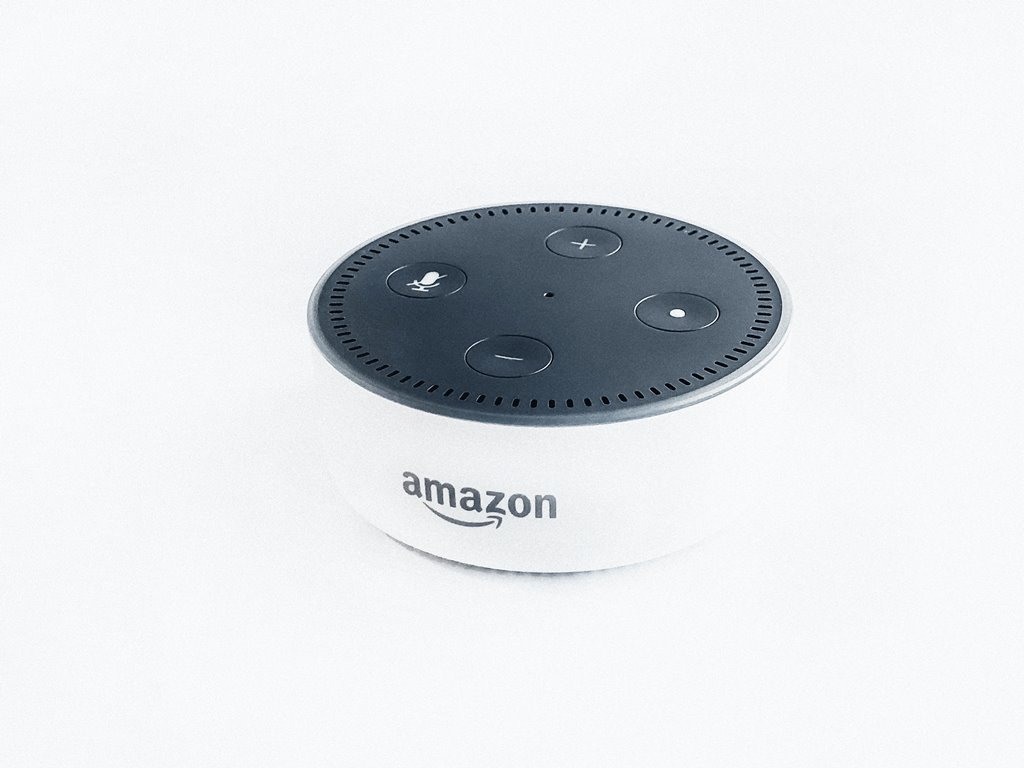As the world is changing we are witnessing how an increasing number of educators are adopting modern digital tools and applying them in new ways to upgrade and enhance student learning in higher education.
The field of education doesn’t differentiate much from other areas in terms of change and innovations. UNESCO’s latest statistics show that the number of global student enlistments will grow from two hundred fourteen million (214.1m) in 2015 to nearly six hundred million (594.1m) by 2040. As this increase of two hundred and eighty-one percent (281%) over thirty years is happening we are noticing many core changes in higher education. Virtual learning, digital tools, and personalized content are just the beginning of the landscape shift in education.
Modern technology for education solutions
In a big number of industries as well as in education, Artificial Intelligence (AI) is a huge factor these days. Many schools have personalized tutoring via computer systems. They can customize discussions and also adjust context to stimulate learning. This kind of technology produces information for analysis, which is compatible with the needs of individual students.
Digital tools are now widely accepted and used across the industry. Education solutions like these deliver electronic course materials to pupils on or even before the first day of class. Technological developments also improve the administration of academic processes, encourage collaboration and also save material costs for students.
Right now, more adults are attending colleges and universities while working. Doing both these activities at the same time is not an option sometimes and technological solutions like blended learning can help solve this problem. It combines online tutoring with opportunities for interaction in a traditional classroom setting. Blended learning is flexible and accessible, that is why in the near future there will be even more students who would participate in such programs.







